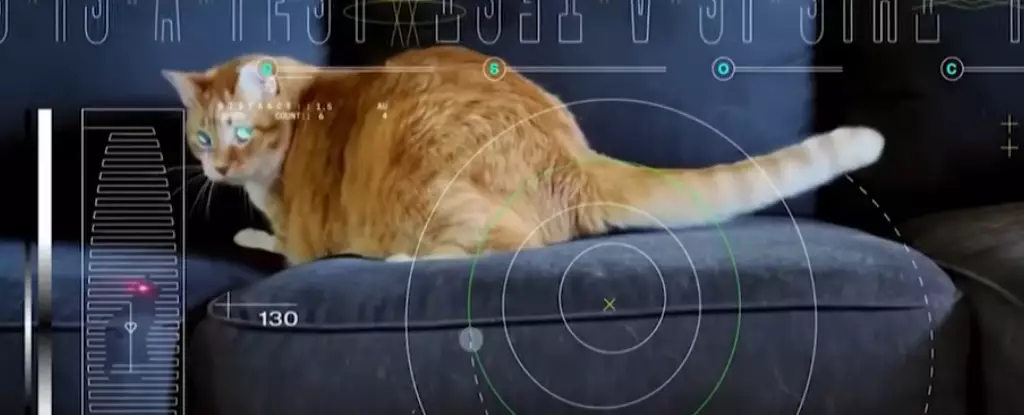The exploration of outer space has always intrigued humanity, not just for its vastness but also for the challenges it presents, particularly in communications. NASA’s Psyche mission exemplifies this innovation, as it is set to explore a unique metal-rich asteroid located in the main asteroid belt between Mars and Jupiter. What makes this mission truly groundbreaking is the advancement in communication technologies employed, relying on infrared laser transmissions, which vastly outstrip traditional radio frequency methods. This leap forward not only improves data transmission rates but also reshapes our approach to distant space exploration.
Historically, communication between distant entities has been reminiscent of ships signaling with lanterns. NASA has taken this principle and evolved it to a sophisticated level with the Psyche mission, using laser technology rather than visible light. While the spacecraft travels an astounding 240 million miles from Earth, the employment of infrared light frequencies enables it to transmit data at significantly higher rates than those achieved with conventional radio systems. The implications of such technology extend far beyond just the Psyche mission; it could lay the groundwork for future missions further into the cosmos.
During Phase I of the Psyche mission, NASA successfully achieved an incredible data transmission rate of 267 megabits per second when the spacecraft was positioned around Mars, reflecting a similar data speed encountered on Earth through a quality broadband connection. This data-hungry mission showcased the potential to move large amounts of information efficiently over vast distances. Furthermore, even when the spacecraft reached a distance of 390 million kilometers, operators sustained a respectable download speed of 6.25 megabits per second. Although this represents a reduction in speed correlating with distance, it still vastly outpaces its radio frequency counterparts, proving that laser communication offers robust reliability even at extreme distances.
One notably charming aspect of the communication tests was NASA’s choice to transmit a playful ultra-high-definition video of a cat, affectionately named Taters, engaged in a typical feline pursuit of a red laser pointer. While seemingly trivial, this demonstration signifies a crucial proof of concept for what could be deemed a ‘high-speed communication line.’ It resonates with the broader world, showing that advancements in technology can still incorporate a sense of humor and creativity, which helps to humanize these scientific feats.
Future Phases and Long-Term Goals
The success of the first phase indicates promise, leading to the upcoming second phase scheduled for November. NASA plans to test the transceiver over an extended period, confirming its operational durability and efficiency for more than a year. This is vital, as the Psyche spacecraft ultimately aims to arrive at its target metal asteroid by 2029. Each phase of testing strengthens the system before the mission begins its operational mode in 2024, ensuring a robust communication framework well before the spacecraft’s anticipated arrival.
In exploring uncharted territories of space, redundancy is a key component of mission design. The Psyche spacecraft is equipped with a backup radio frequency communication system which, although not as advanced as the laser technology, still provides a reliable means of transmitting data. This duality adds a layer of security, ensuring that even if the high-tech laser system experiences issues, communication is maintained, harkening back to simpler yet effective methods reminiscent of the maritime lanterns of yore.
The advancements pioneered by NASA’s Psyche mission mark a significant step forward in space communication technology. As we refine our capabilities, the prospect of exploring further reaches of the solar system becomes increasingly feasible. With each successful transmission, humans are one step closer to comprehending the mysteries that lie beyond our planet, proving that the future of space exploration relies as much on innovation in communication as it does on the spacecraft themselves. As NASA continues its journey, the lessons learned will undoubtedly inform subsequent missions, potentially reshaping how we connect with our rapid expansion into the cosmos.


Leave a Reply